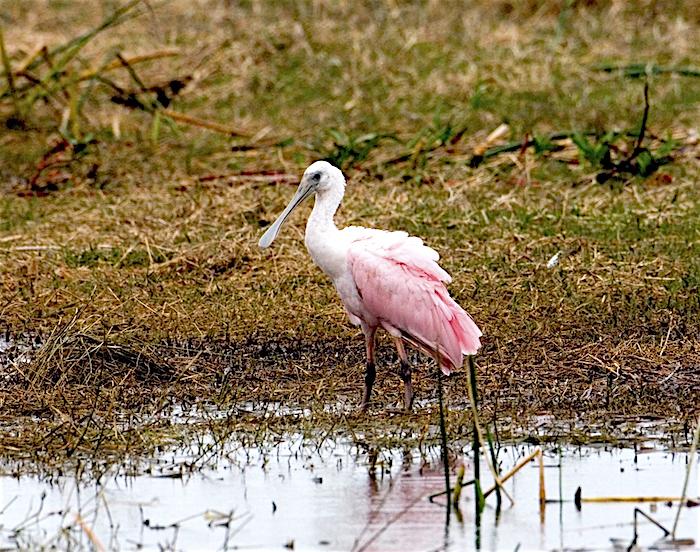
Access to the west side of Palm Key has been closed to protect nesting Roseate Spoonbills/NPS, Rodney Camauf
Concerned that human activities might cause nesting Roseate Spoonbills to abandon their nests, Everglades National Park officials have closed the west side of Palm Key to all access.
The order, issued Tuesday, is intended to minimize disturbance and maximize nesting success for the spoonbills and other nesting wading birds.
Palm Key is located in Florida Bay approximately 2.5 nautical miles southwest of Flamingo. The area within 150 feet of the western edge of Palm Key as marked by buoys will be closed to all entry. Roseate Spoonbills are currently nesting in trees along the western edge of this island. Disturbance from boating activity can flush adult birds off nests leaving eggs and chicks exposed to extreme hot/cold temperatures and predators such as crows or vultures. A seasonal closure will protect birds and nests from disturbance.
The temporary closure will be removed once biologists determine that the nesting colony is no longer active.

Locations of buoys noting closed area on west side of Palm Key/NPS graphic



Add comment